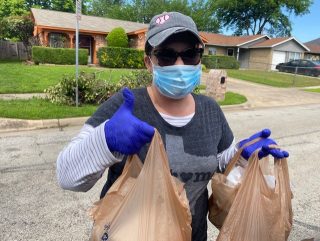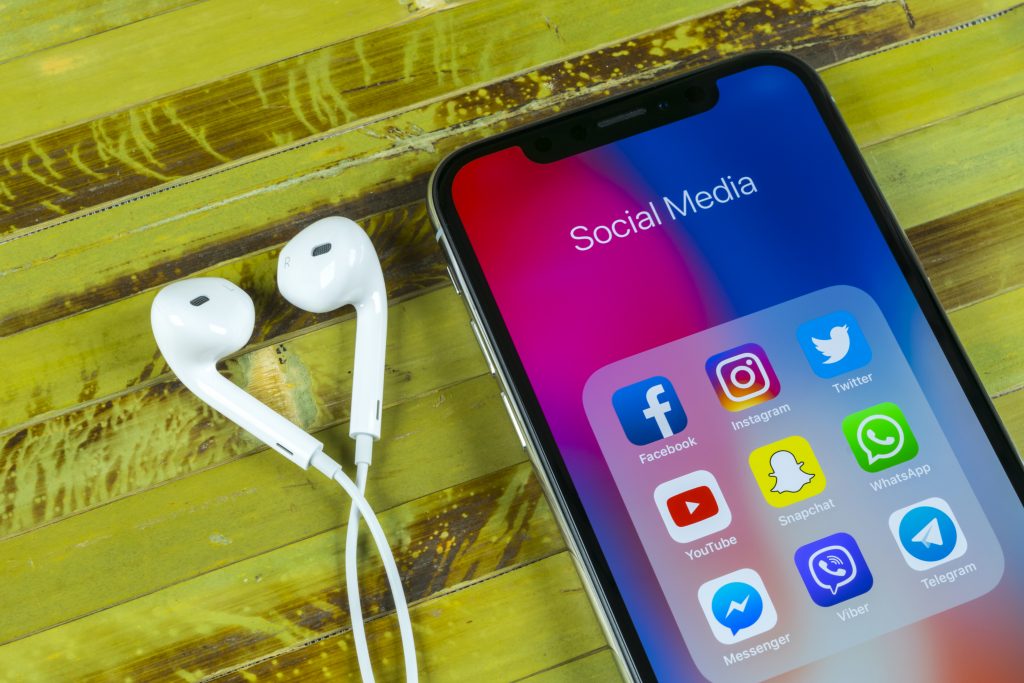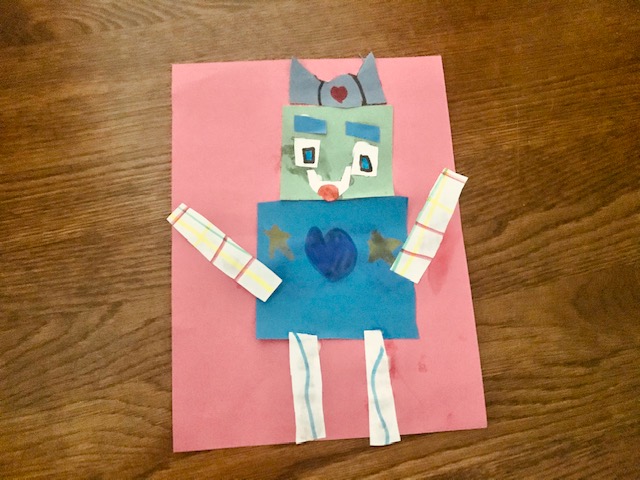Over the last four weeks, strategic business leaders and owners have come to us to go back to their branding and marketing foundations. They are focused first on their team’s safety and well-being. Most talk of the “return to normal” and taking it “day by day.”
They use this time to re-evaluate and plan. The COVID-19 crisis is causing business leaders to be strong and agile. One of our favorite client quotes over the last several weeks is, “With drive, passion and desperation, we will RISE!”
 David McCormick, the C.E.O. of the hedge fund Bridgewater, was a Treasury Under Secretary during the 2008 crisis. At that time, he said, “America must step up to retain its economic might.” This rings true today.
David McCormick, the C.E.O. of the hedge fund Bridgewater, was a Treasury Under Secretary during the 2008 crisis. At that time, he said, “America must step up to retain its economic might.” This rings true today.
Step up we must.
Another business leader told us recently, they feel like everything is, “Ready. Aim. Fire.”
This does not have to be.
Focus on your foundation first.
3 Strategic Branding & Marketing Fundamentals
- Define or re-evaluate brand architecture. Think of this as the foundation of your brand. It has four pillars: brand vision, brand personality, positioning and affiliation. Our branding process is collaborative. It builds conviction. The process is built upon perceptions and goals held internally by key stakeholders. Using all points of view, we ensure brands are both differentiating and emotionally relevant.
- Build or revisit your marketing plan. Every business should have one. Marketing drives new business development. Without those sales, you do not have the resources required for your business’s long-term stability and success. Therefore, as important as these plans are, most business owners and leaders do not devote enough time and resources to them. We tell our clients use a rifle vs. shotgun approach. Your services and/or products are not for everyone. The plan focuses on key targets who are most likely buyers. Think fewer, deeper. As a result, more meaningful strategic initiatives on a consistent basis develop connections and broaden awareness.
- Re-evaluate or enhance your website. Is your website true to your brand? Its personality? Is the navigation user friendly? For instance, lucrative website loads fast and is mobile friendly. In other words, make your site work hard for your brand. Don’t get the veto vote because it doesn’t.
Successful business owners and leaders take the time to develop their brand architecture. Then, they develop marketing strategies and plan to build a company with a purpose. Above all, remember, “With drive, passion and desperation we will RISE!”









